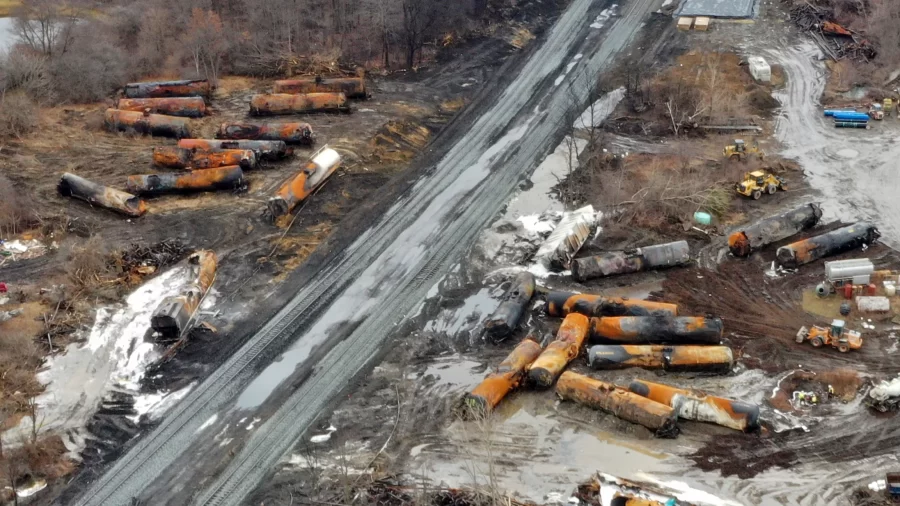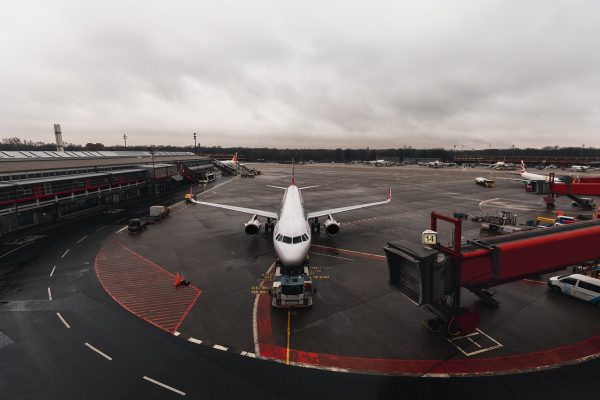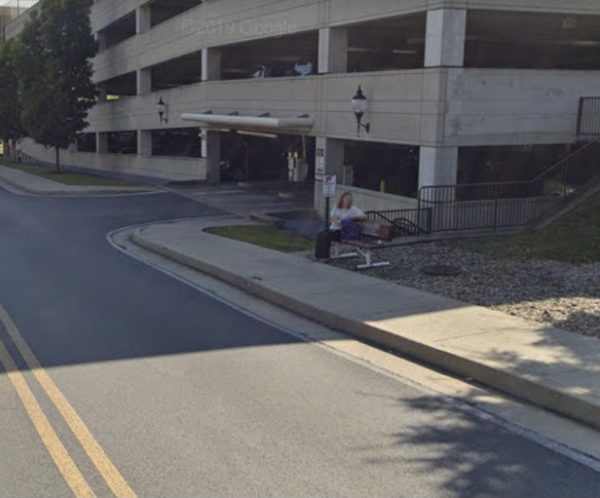Ohio Train Derailment and Why It Is Critical For West Virginians
On February 3rd, a major train derailment occurred in East Palestine, OH, about 30 miles west of Pittsburgh. The Norfolk Southern derailment is thought to have been caused by a mechanical issue. However, the National Transportation Safety Board has yet to release a statement on behalf of the cause.
With these cars in a pile-up, they were at risk of exploding, so officials decided to initiate a controlled release to prevent an explosion. The release operation created a smoke plume that covered the town and contaminated the Ohio River. With this cloud, East Palestine residents were told to evacuate. The city has about 5,000 townspeople who were told to leave.
Returning days later, many have complained of a slew of ailments, including headaches. While the toxins were being dispersed in the sky, other problems were rising, such as drainage in waterways.
The train was a Norfolk Southern train, about 10,000 feet long train. Presumed to consist of 141 loaded cars, 20 were transporting hazardous materials. Five cars were known to carry vinyl chloride, a colorless, hazardous, carcinogenic gas. At the same time, other cars were suspected of carrying other chemicals, such as ethyl glycol mono butyl ether, ethylhexyl acrylate, butyl acrylate, and isobutylene. The controlled release, or burning, let hydrogen chloride into the air authorities knew would release such a chemical. The release of hydrogen chloride affected a main waterway—the Ohio River.
From residents fearing for their safety and health to the environmental impact and societal consequences, this train derailment has caused an upheaval in not only the daily lives of those in East Palestine but those who live near Ohio and those who have connections to the Ohio River.








